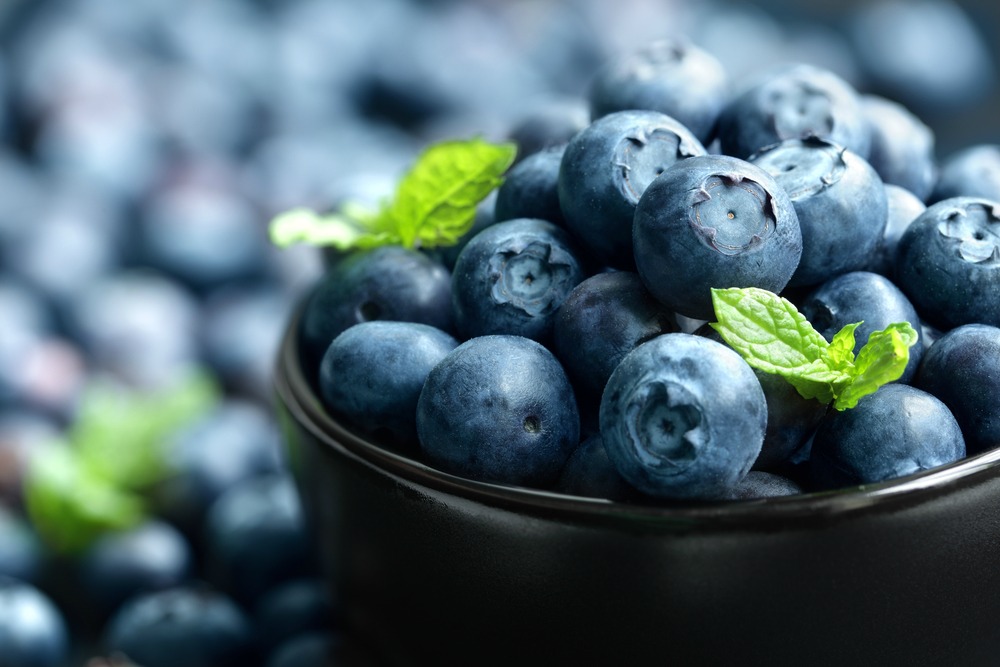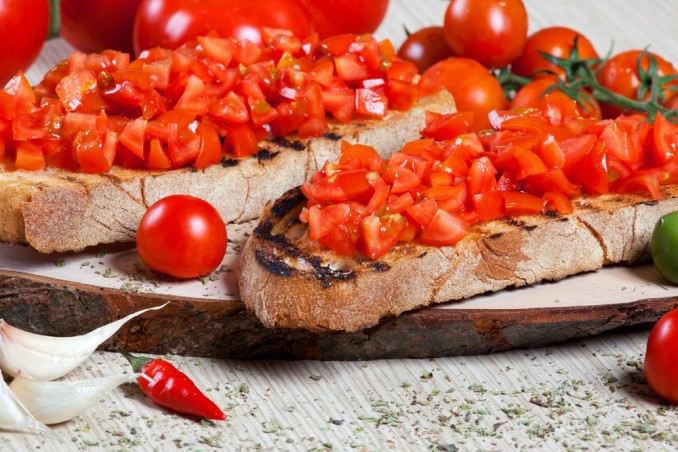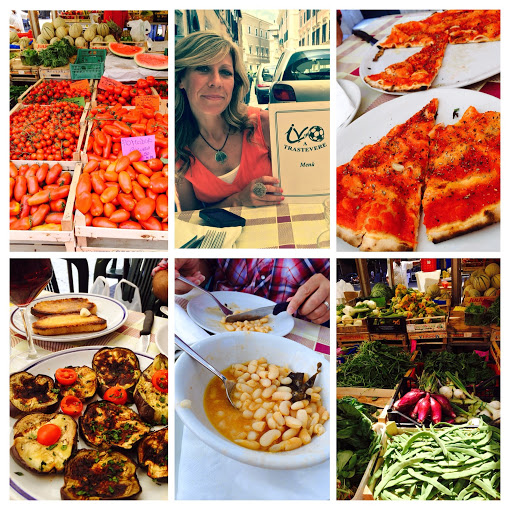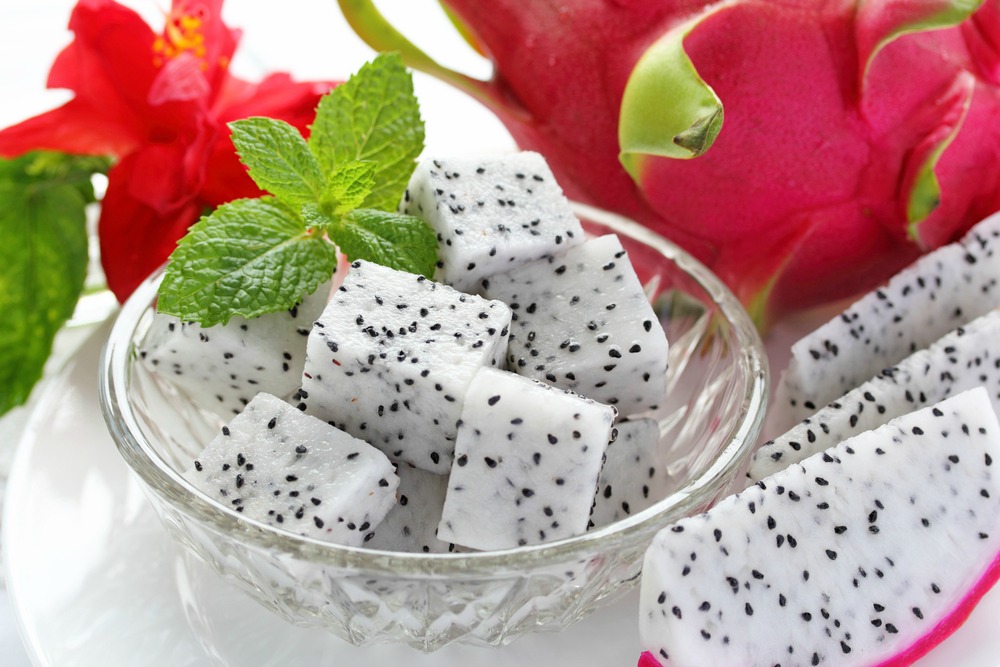

Wait, why would you ever want to do this?
Cut down meat? Forget it.
“Where do you get your protein and calcium? ”
“What about… cheese?”
“YOU NEED MORE MEAT!”
Isn’t a plant-based diet the equivalent of unhealthy extremism and deprivation (i.e. just a few steamed peas for dinner?)
No.
There are plenty of reasons why you’d want to give plant-based diet, or even a mostly plant-based diet, a try…
Healthy skin, vitality, weight loss, increased strength (yes check out this bodybuilder), lower cholesterol level, and you can even help our fellow furry friends and contribute to a greener environment.
Even celebs like Jennifer Lopez (JLo) went vegan to lose her stubborn weight. So should you also jump on the bandwagon?
I’ve featured other articles on raw diets before, but in this 2-part series, I want to answer all the questions you have regarding veganism, a diet and lifestyle without the use of any animal products (including meat, dairy, fish and eggs).
** Please note that I’m not trying to convince you which diet is best for you. The purpose of this article is to give you the low-down on veganism, and how to satisfy your emotional cravings. You can take what fits, and leave the rest. Some of the suggestions below are also useful to omnivores. Before you close the browser and think “no way I’d ever want to learn about veganism”, read on. **
I’ve invited Colleen Patrick-Goudreau, the Founder of the 30-Day Vegan Challenge, an acclaimed speaker, award-winning author of six books, and multimedia host of inspiring podcast, Food for Thought. Colleen is also a regular contributor to National Public Radio and has appeared on The Food Network and PBS.

Colleen will share with us her thoughts on:
- The top protein myth of all time (tsk tsk…plants don’t have protein!)
- Where to get your calcium from plants
- Easy tactics to deal with food cravings without spending fortunes on diet pills or starving yourself (yes, you can still have your chocolate)
This is a transcript of the video interview. Please note that this transcript has been lightly edited for clarity. You can watch the video in Part 3 of this post.
Stay tuned for Part 2 of the post here.
Background
Q: First, let’s talk about your 30-day vegan challenge program. So can you elaborate on that?
Colleen Patrick-Goudreau: Sure. So the concept of the 30-day vegan challenge… I came up with it years ago because I’ve been doing this work long enough to know and believe that people really want to make the transition, but they struggle with how to do it.
And everyone has the same questions about the food, eating, cooking, eating out, traveling, being vegan, dealing with family members, holidays, social occasions; kind of all of the how-tos.
So people come to veganism for a number of different reasons. I really believe that there is enough information about why vegan but what people struggle with is the how vegan.
The concept behind the 30-day vegan challenge was to encourage people to try veganism for 30 days because that’s all the time it takes to change a habit. And during that time, I will support and guide you, hold your hand, answer all of your questions, and debunk all the myths surrounding being vegan for that period.
By the end of 30 days, you can do with that information what you want but the hope is that you have a strong enough foundation to stand on so that you feel confident continuing veganism.

Protein and Calcium: How to Get Enough Nutrients on a Plant-Based Diet
Q: Awesome. A lot of people don’t think that they’re getting enough protein and calcium without meat and dairy. While this is a very common question, I thought you may want to address the basics so readers have a better understanding.
Colleen Patrick-Goudreau: Yeah, I put a picture out during my dinner the other night. And I said, “If you ask me where the protein is on this plate, I’m going to eat my arm to show you another source of protein.”
This is the most commonly asked question and it’s a myth that has been debunked for 50 years.
It’s just something that keeps living out there. It is really hard to let go of some of these myths, because they keep getting perpetuated by people who don’t think. Sometimes people just ask the question without even thinking.
I think if people thought about it for a moment they would realize well, of course, there’s plant protein (i.e. legume and soy) and there’s animal protein. But protein is not just animal protein.
The truth is we really could eat each other and get protein right? But nobody is suggesting that and I am not even suggesting that, but the point is there is protein from a lot of sources.
The truth is if we’re eating a varied whole foods diet we’re getting all of the nutrients we need. Why? Because the nutrients we need are plant-based.
Now, some people out there who have never heard it put that way before will say, “No, no, no, no, no. Of course, they’re not. You know, we need to get calcium.” Well, my question is what’s calcium? Calcium is a mineral. Where are minerals found? Minerals are found in the ground.
And why do you say cow’s milk, cow as in cow’s milk have calcium? Because they’re eating grass. So what would you think? To our detriment, the detriment of the animals and the earth, we’re going through the animals to get to the nutrients that the animals get because they eat plant.
So what we need to do is skip the middle animal and get our nutrients directly from the plant.
When it comes to calcium, I’m not suggesting we eat grass but I’m suggesting we get it from the green, leafy vegetables. Right the kale, bok choy, collard greens, broccoli, etc. Same thing when it comes to protein.
Protein is not the problem in terms of health in our culture, or in any developed nation. Protein deficiency is not what people are suffering from, not in developed nations.
I often talk about the fact you don’t have kwashiorkor; nobody has heard of kwashiorkor. Kwashiorkor is the scientific term for protein deficiency. If you’ve ever seen any video with children with swollen bellies who are starving, they are suffering from this condition. These children are not getting any protein because they’re not getting any food. Now this is not what developed nations are dealing with.
Sadly, our problem happens to be the opposite: diseases of excess, *not* diseases of deficiency. I’m talking about diseases like heart disease and diabetes. Right? Certain cancers are related to lifestyle.
When people gets obsessed with protein, it’s just a matter of saying to them protein deficiency is not the problem here in developed nations. You can go right to the plants for all of the nutrients.

Miss Cheese?
Q: Now that we’ve addressed dairy, a lot of people really like cheese. What are your thoughts on cheese? How can people wean off cheese given their love for the taste and texture?
Colleen Patrick-Goudreau: When it comes to cravings, whether it’s animal-based meat or dairy-based cheese, it has to do with fat, salt, texture, mouth’s feel, flavor and familiarity. It’s not that cheese is so great. It’s the fat in cheese that tastes really good. And we grew up with a certain texture we’re accustomed to.
If we grew up in a different culture eating jackfruit in a completely different place, that’s what would be familiar to us. But we’re used to this particular form of dairy-based cheese, called whatever kind of cheese.
So my whole feeling is cheese is not necessary, but we’re just accustomed to eating cheese.
Dairy-based cheese did not come from nature; cheese is a human-made product.
And I’d like to add that I love plant-based cheeses. Of course it’s still cheese when it’s made from different milk versus animal-based milk. It’s just we’re just used to animal-based milk so sure, many crave dairy cheese instead of nut cheese. And we’re just starting to develop plant-based cheeses.
But for me it’s deeper than that. For me, what people are really craving (and I use that word loosely) are fat, salt, and texture. I think you can just get those cravings – fat, salt, and texture, met by different ways – rather than through animal products.
So if it’s a certain mouth feel (i.e. certain creaminess and fat), maybe an avocado blend, guacamole, will help.
If it’s a certain type of tanginess – a certain sour taste that cheese gives us, we can go for sour foods.
It might be just comfort we’re seeking because we’re used to the warm feeling of Mac and cheese we grew up with.
I think it is important to determine what we crave and how to meet that need underneath the “cheese.” It is ultimately an emotional reaction we’re having when we say that we’re craving something like cheese.
I think a lot of that has to do with our memory and our family or certain foods we grew up loving. This gets embedded into our DNA and we mistake it for our need for dairy-based cheese.
By going underneath and satisfying those cravings of fat, salt, texture, familiarity, and flavor, I believe this solves the “problem” for most people who want to wean off cheese.

How to Satisfy Your Cravings
Q: Can you give us tips and exercises on how to change that emotional connection other than replacing that memory with different flavors of food?
Colleen Patrick-Goudreau: First, I think it is about meeting that emotional connection we are looking for. For instance, let’s go back to the Macaroni and cheese or grilled cheese example. We say, “I’m craving that. I could never live without macaroni and cheese.”
Okay, so what’s the Mac and cheese giving you? There’s salt, fat and creaminess.
You can make a beautiful cashew based cheese mix that with some macaroni and you’ve basically got the same thing. You can barely tell the difference. It’s tangy, salty, fatty… and a healthier option.
So you can meet that need very literally by replicating the texture, salt and fat mixture.
But, underneath that, what’s going on? So a second measure would be to ask yourself questions and try to find activities to do that replace the feelings a particular food evokes. So going underneath, what’s being evoked for you in that thing that you could still meet but without that thing?
The below exercise may be useful:
- I grew up eating Mac and cheese, and I love the feeling that it evokes when I have it.
- Oh, so what’s the feeling?
- Feeling of home, comfort, and coziness.
- Okay, so what are some other ways you can meet that feeling of coziness and comfort?
- Lighting a fire, sitting with my cats or my dogs on the couch, or hanging out with my husband and taking a walk on a nice fall night.
My point is that Macaroni and cheese or grilled cheese sandwich becomes the form of what the emotional desire is. If we can get underneath and explore the desires, we’ll find out that they are desires for affection, coziness, warmth. Meet the desires with a different form than we’re used to. Does that make sense?
Q: Yes. Anything else?
Colleen Patrick-Goudreau: I think that’s really key. The key notion is to meet the fat, salt, texture, and familiarity with foods that are available to us in the plant kingdom. I think that’s one component.
The other component is to ask yourself this question: what is that you really desire? That cheese has become the form, the manifestation of that desire. What’s the desire and what’s another different form that you can manifest that desire in that’s not dairy-based cheese?
So I think those are the two components I would say.
So this takes us to the end of Part 1 on our interview with Colleen.
In Part 2 and 3 of our series, we’ll talk about:
- How to transition into a plant-based diet, without alienating family and friends
- The one communication skill you need to learn to speak your truth and keep meals fun with meat lovers
- If veganism is a fad or a sustainable lifestyle
- The one principle that Colleen sticks by to maintain a healthy plant-based diet
- How to craft a plant-based meal so you are getting all the nutrients you need
- And more…
Stay tuned for the last part of this series by signing up for updates here!
About Colleen Patrick Goudreau: Colleen Patrick-Goudreau is the Founder of the 30-Day Vegan Challenge, an acclaimed speaker, award-winning author of six books, and multimedia host of inspiring podcast, Food for Thought. Colleen is also a regular contributor to National Public Radio and has appeared on The Food Network and PBS.
Update: We’ve combined Parts 2 and 3 into Part 2. You can view the Part 2 here.


